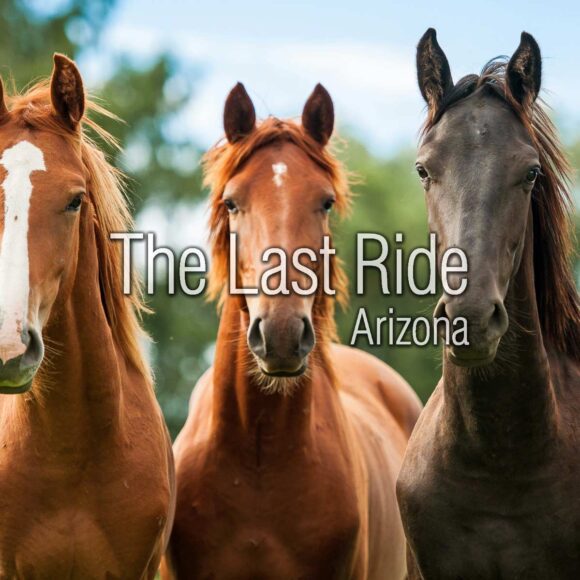Understanding Equine Behavior for Better Horsemanship

To effectively communicate and build a strong bond with our horses, it’s essential to understand their behavior. In this blog, we will discuss some common behaviors exhibited by horses and what they might mean.
- Head Tossing
Head tossing can indicate discomfort or pain, such as an ill-fitting bridle or dental issues. It’s important to address any underlying causes and make necessary adjustments.
- Tail Swishing
Tail swishing can be a sign of irritation or frustration, especially during grooming or riding. Take note of when your horse swishes their tail and try to identify any triggers.
- Pawing
Horses may paw the ground when impatient or anxious, but it can also be a sign of discomfort or pain in their hooves. If your horse paws frequently, consult with a veterinarian or farrier for further examination.
- Ear Position
A horse’s ear position can indicate their mood and level of attention. Forward ears show interest and alertness, while pinned back ears can indicate aggression or discomfort.
By paying attention to our horse’s behavior, we can better understand their needs and improve our horsemanship skills. Happy riding! Keep an eye out for our next blog where we’ll discuss some tips on how to effectively communicate with your equine companion. Don’t forget to follow our page for more updates on horse care and horsemanship. Until next time! Happy riding! So, let’s continue learning about equine behavior and strengthening our bond with our horses. Remember to always prioritize their well-being through effective communication and regular exercise. See you in the next blog!